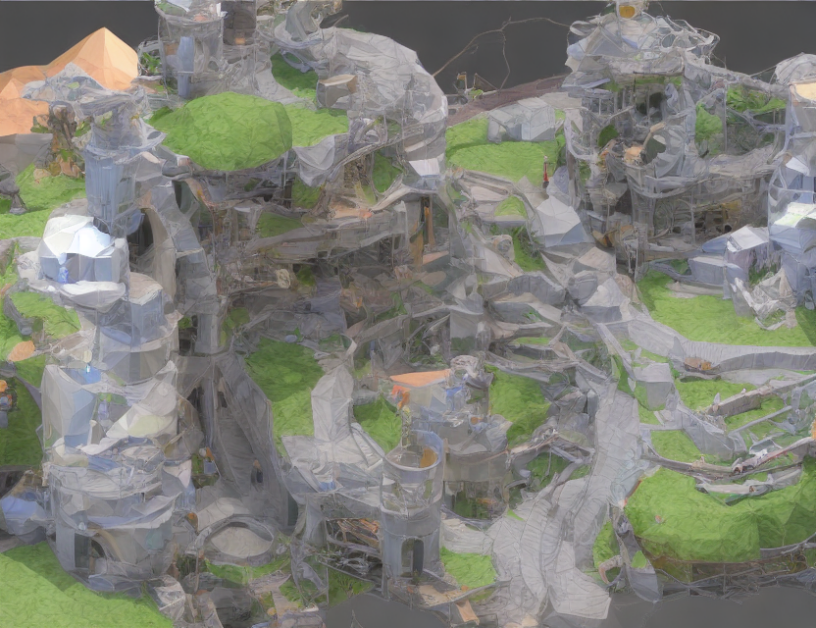In this article, the authors propose a novel approach called Degradation Prior Transmitter (DPT) to improve the performance of image restoration tasks in the presence of complex degradations. The DPT model is designed to address limitations of traditional models that rely solely on direct learning of a general mapping for various degradations, without considering the adaptability and interpretability of the restored images.
The DPT approach incorporates contrastive learning or knowledge distillation to enhance the model’s ability to remove degradations. However, these frameworks still lack flexibility in complex scenarios with multiple degradations compared to model-based approaches. To address this limitation, the DPT model non-trivially extends the existing frameworks by incorporating a new module that adaptively learns a degradation-specific mapping. This module is called the Degradation Prior Transmitter (DPT), which refines the restored images by taking into account the specific degradation type and the reference image.
The DPT model consists of two main components: the Degradation Prior Transmitter (DPT) and the Concatenation Conv+Norm+Relu+Conv U-Net. The DPT module is responsible for adaptively learning a degradation-specific mapping, while the Concatenation Conv+Norm+Relu+Conv U-Net is used for image restoration. The DPT module is trained using a novel loss function that considers both the reconstruction error and the degradation type.
The authors evaluate the DPT model on several benchmark datasets and demonstrate its superior performance compared to existing methods. They also provide an analysis of the ablation study, which shows the effectiveness of the proposed approach in improving the image restoration performance.
In summary, the DPT model is a novel approach that enhances the adaptability and interpretability of image restoration models in complex scenarios with multiple degradations. By incorporating contrastive learning or knowledge distillation and adaptively learning a degradation-specific mapping, the DPT model outperforms existing methods and provides better restored images. This work has important implications for applications where image quality is critical, such as medical imaging, astronomical imaging, and digital photography.
Computer Science, Computer Vision and Pattern Recognition
Enhancing Image Restoration with Contrastive Learning and Knowledge Distillation



